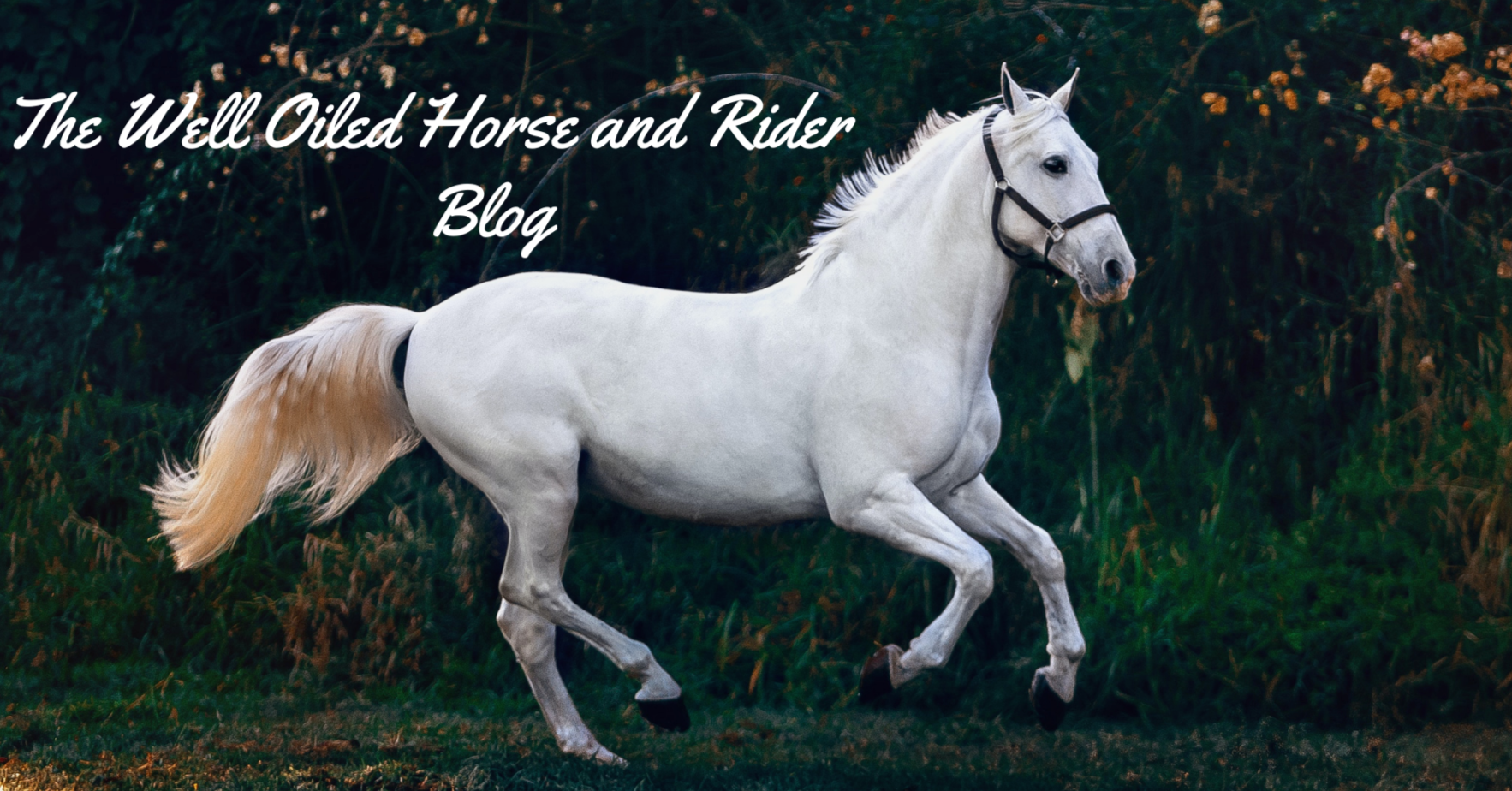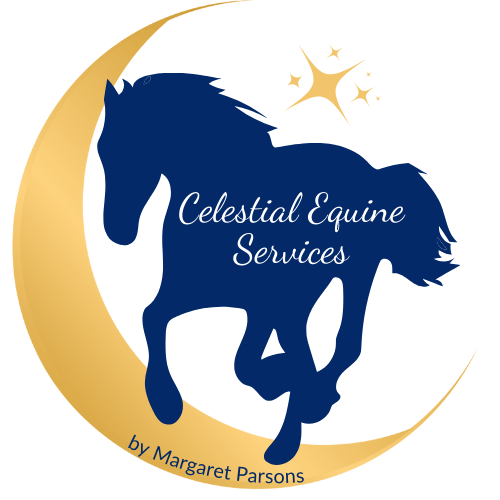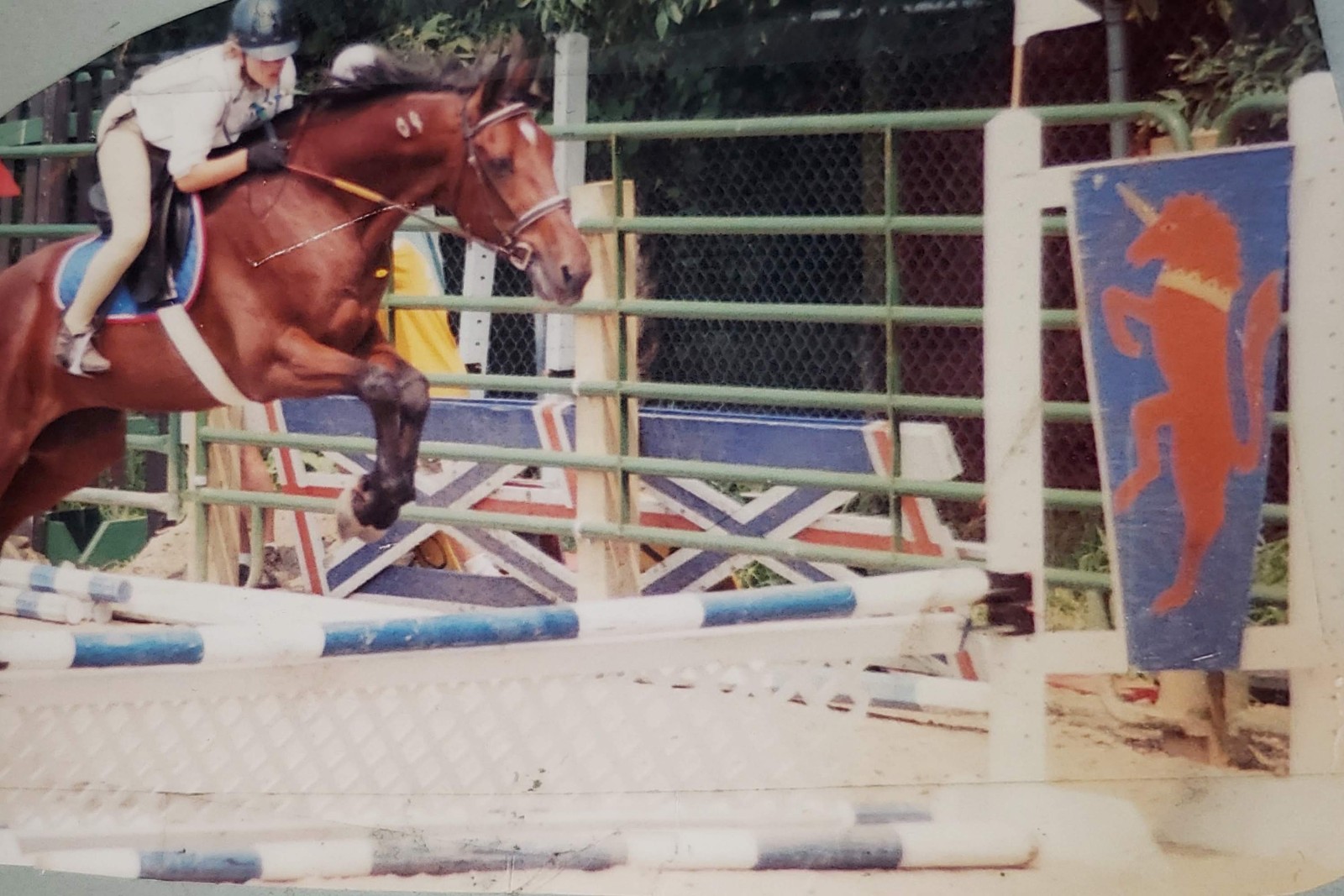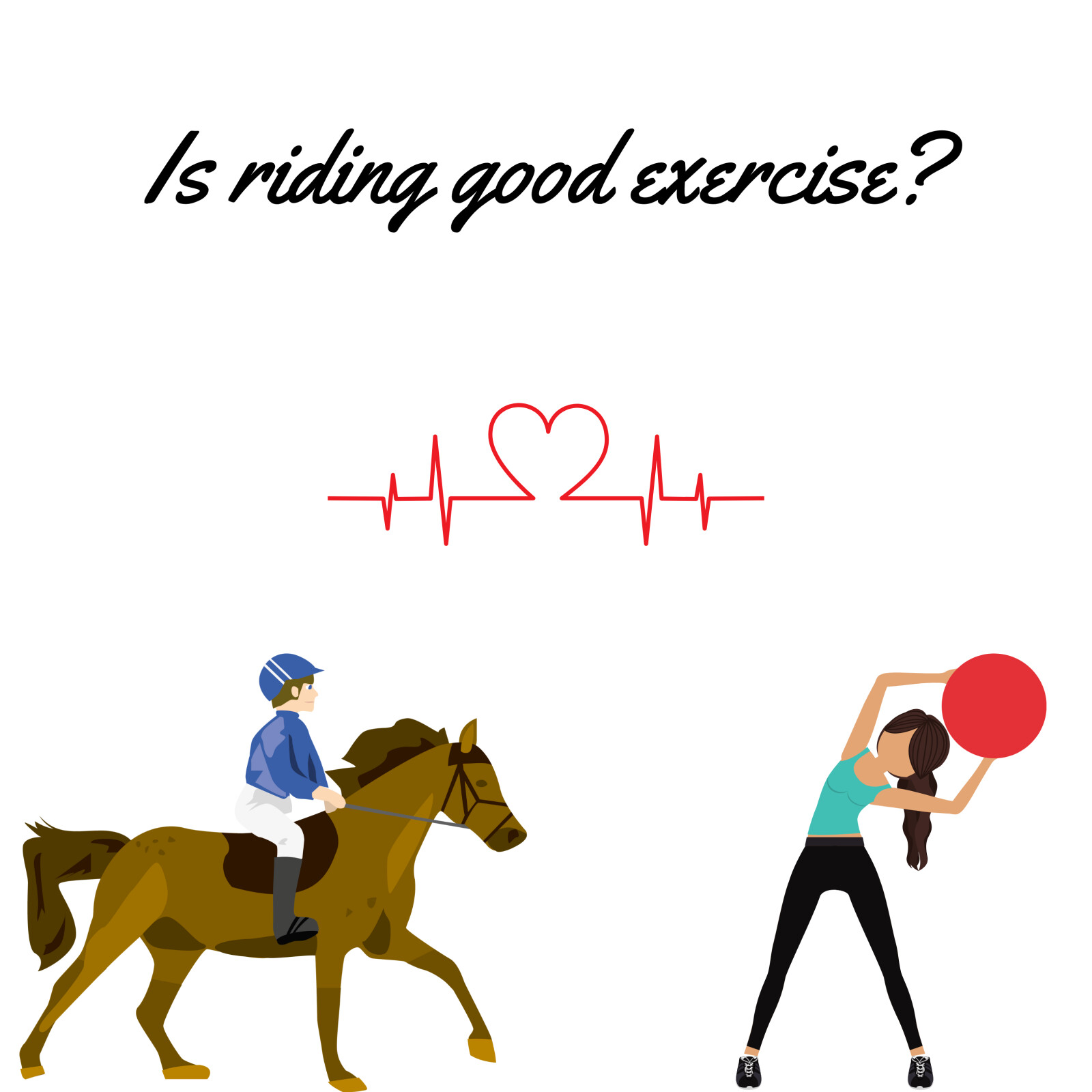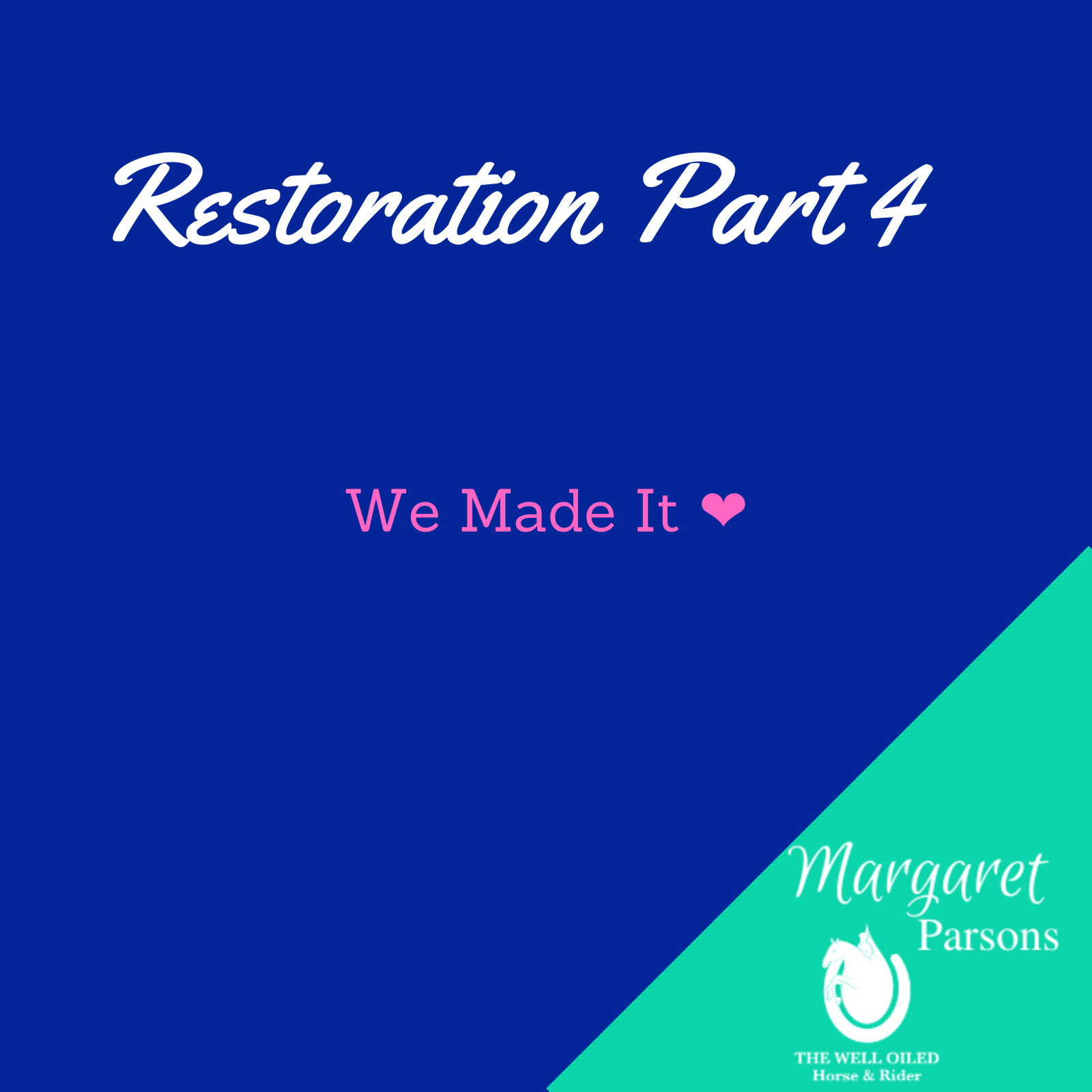Colic: Signs and Actions
As the weather shifts here in Michigan, the number of colic cases is on the rise. The cold weather usually causes horses to drink less water, which can lead to more cases of compaction (a cause of colic). It is super important to do everything possible to encourage our horses to drink. Beyond electrolytes and heated water, we feed alfalfa hay cubes, bran, electrolytes, and other supplements soaked in hot water.
So, besides prevention, what can be done for colic?
First and foremost, if you see your horse displaying signs and symptoms of colic, call your vet. Colic cases can become more severe in the blink of an eye and crucial decisions with the help of your veterinarian will be invaluable in that situation.
Colic symptoms include:
- persistent rolling
- kicking/ biting at the stomach
- insistent pawing
- stretching
- heavy breathing
- sweating
The next thing that is recommended when colic is suspected is to keep the horse walking.
Colic is a disruption in the digestive system. Horses cannot burp or vomit so if there is something upsetting the stomach, the only thing the horse's body can do is to push it through the rest of the digestive system. In addition, the horse's digestive tract is about 100 feet long. Colic can be the result of compaction or blockage within the tract. The horse is built so that the movement of their legs and supporting body structures, in turn, move the digestive system as well.
One of the oldest methods to assist the horse's digestive system through a bout of colic is not as well known today. Peppermint is an herb that has long been know for its ability to settle the digestive system. Getting ahorse to eat while in the throughs of colic is very unlikely and not suggested (water should always be available). Luckily, we now have access to pure, high purity, essential oils that can be applied and aid the horse, even in the throughs of colic.
It is important to have a good understanding of how to use essential oils safely with horses and to be absolutely sure you have pure, undiluted oils before applying them to your horse. I only use and recommend Young Living essential oils because of their Seed to Seal promise (learn more at
seedtoseal.com). It is common for grocery store oils and other bulk brands to be diluted with toxic chemicals that can do more harm than good when applied to the horse.
If your horse is colicing and you have called the vet and taken your horse's vitals, apply either Peppermint or Digize essential oil to your horse's stomach (near where the umbilical cord would have been). I would recommend putting a few drops of the oil of your choice into the palm of your hand along with some coconut, almond, or olive oil to avoid any skin irritation for your horse. You could also apply a couple drops to your fingertip and then rub that on your horse's gums.
Now, while you are waiting for your vet to arrive, your horse has the support it's body needs to heal and rectify the situation. Is this a cure-all for colic? Absolutely not. However, it offers added support to the horse that is much needed in the desperate situation that colic causes a horse.
Need more information about safely using essential oils with horses?

